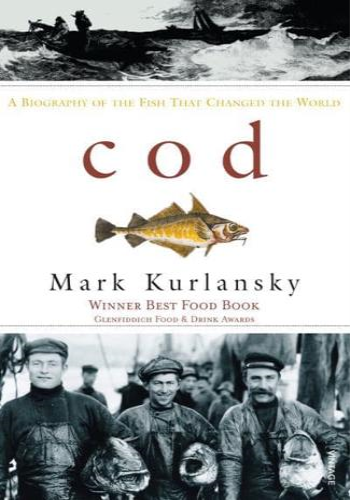Chapter 1: "The Viking Age in the North Atlantic"
* Explores the early voyages of the Vikings to Greenland and Iceland, including the settlement of L'Anse aux Meadows in Newfoundland.
* Example: The archaeological discovery of Viking artifacts in Newfoundland provides evidence of their presence in the Americas centuries before Columbus.
Chapter 2: "The Medieval Cod Fishery"
* Describes the establishment of a major cod fishery in the North Sea and its gradual expansion to the waters off Newfoundland.
* Example: The rise of the Hanseatic League as a major player in the cod trade, with trading posts established in Bergen, Norway, and London, England.
Chapter 3: "The English and French Enter the Scene"
* Chronicles the English and French competition for control of the Newfoundland fishing grounds, leading to conflicts and the eventual establishment of permanent settlements.
* Example: The Treaty of Utrecht in 1713, which granted Britain exclusive rights to the Newfoundland fishery, further intensifying the rivalry between the two nations.
Chapter 4: "The Rise of Merchant Capitalism"
* Examines the economic and social developments that fueled the growth of the cod industry, including the development of merchant capitalism.
* Example: The emergence of wealthy merchants in cities like Bristol, England, who invested in fishing expeditions and established trading networks.
Chapter 5: "The Impact on Native Populations"
* Discusses the profound impact of the European cod fishery on indigenous communities in the Americas, leading to displacement, disease, and cultural disruption.
* Example: The decimation of the Beothuk people of Newfoundland due to European colonization and the overexploitation of their traditional food sources.
Chapter 6: "The Cod Wars"
* Describes the series of conflicts between Iceland, Canada, and other nations over fishing rights in the North Atlantic, including the "Cod Wars" with Britain in the 1950s and 1970s.
* Example: The Icelandic Fisheries Wars of 1958-1961, in which Iceland extended its fishing limits to 12 nautical miles, challenging the traditional rights of foreign fishing vessels.
Chapter 7: "The Collapse of the Newfoundland Fishery"
* Explores the factors that led to the collapse of the Newfoundland cod fishery in the early 1990s, including overfishing, mismanagement, and environmental changes.
* Example: The decision of the Canadian government to impose a moratorium on cod fishing in 1992, affecting thousands of fishermen and coastal communities.
Chapter 8: "Searching for Sustainable Solutions"
* Examines ongoing efforts to rebuild cod populations and establish sustainable fishing practices in the North Atlantic.
* Example: The development of community-based fisheries management initiatives that empower local communities to manage their own fisheries resources.
Epilogue: "The Future of Cod"
* Reflects on the legacy of the cod fishery and its continuing importance in the economies and cultures of the North Atlantic region.
* Example: The efforts of scientists and conservationists to protect and restore cod populations, ensuring the long-term sustainability of this iconic marine species.








